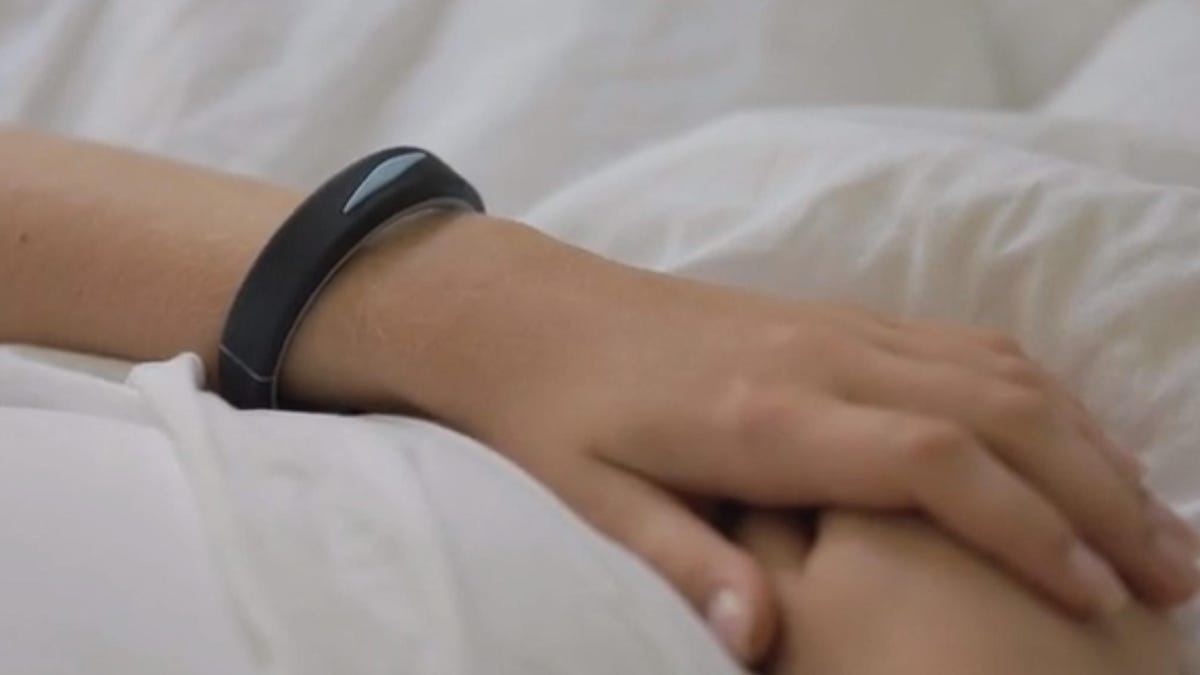Fitbit-like bracelet conditions your body to have more lucid dreams
You mustn't be afraid to dream a little bigger. Can this vibrating bracelet easily stimulate lucid dreaming?

The InstaDreamer wants you to chase your dreams, before grabbing them and telling them exactly what you want to do next.
The vibrating bracelet, which was successfully funded on Kickstarter, looks like a Fitbit, but instead of exercising your thighs, it exercises your brain -- conditioning your body to have more frequent lucid dreams by using "Pavlovian conditioning". That is a technique that tricks your brain into associating a stimulus with a specific response.
When you wear the InstaDreamer on your wrist, it will vibrate throughout the day. That tells you it is time for you to perform a reality check -- a test that tells you if you're dreaming or awake -- which is a popular technique to stimulate lucid dreams.
The benefit of the InstaDreamer is that when you fall asleep, the bracelet will detect the phase of your sleep cycle and vibrate when you're dreaming. Because your brain has been tricked into associating that vibration with a reality check, you can check reality in the dream and -- abracadabra! -- you'll be aware you're dreaming.
At least, that's the theory.
Dreamers and scientists have been searching for ways to stimulate lucid dreaming for decades. Achieving a lucid dream is not only difficult, but it has typically been hard to define what a lucid dream even is. Science relies on the question, "Have you ever had a lucid dream?" to determine whether or not people have experienced control of their dreams. And that's not all that reliable.
The Kickstarter pitch is certainly thorough but there seems to be a lack of scientific fact that demonstrates that Pavlovian conditioning or the bracelet can adequately stimulate lucid dreams. According to InstaDreamer, 70 percent of its testers experienced a lucid dream within the first three nights -- but they don't promote the exact numbers.
Consider my expectations tempered.
There may be an even easier way to stimulate lucid dreaming though: drugs.
In a paper published Aug. 8, scientists discovered the drug galantamine stimulates lucid dreaming but taking the drug did result in side effects of nausea and struggling to get back to sleep for a small proportion of subjects.
Tech Enabled: CNET chronicles tech's role in providing new kinds of accessibility.
CNET Magazine: Check out a sample of the stories in CNET's newsstand edition.

